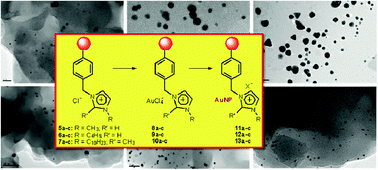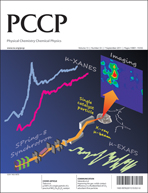Preparation of polymer-supported gold nanoparticles based on resins containing ionic liquid-like fragments: easy control of size and stability†
Abstract
Crosslinked

- This article is part of the themed collection: Nanostructures in Ionic Liquids

 Please wait while we load your content...
Please wait while we load your content...